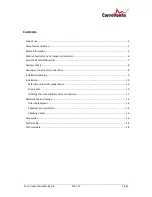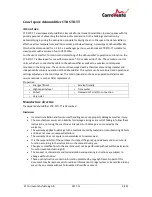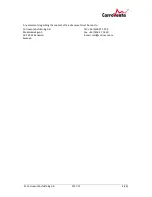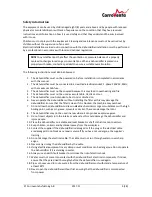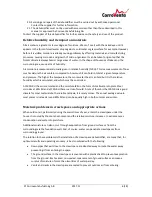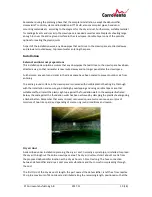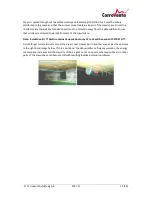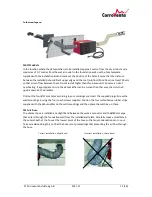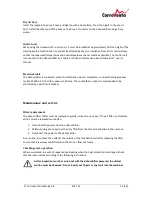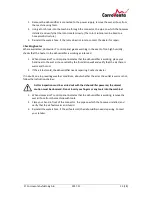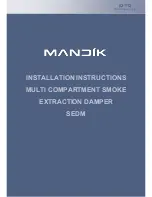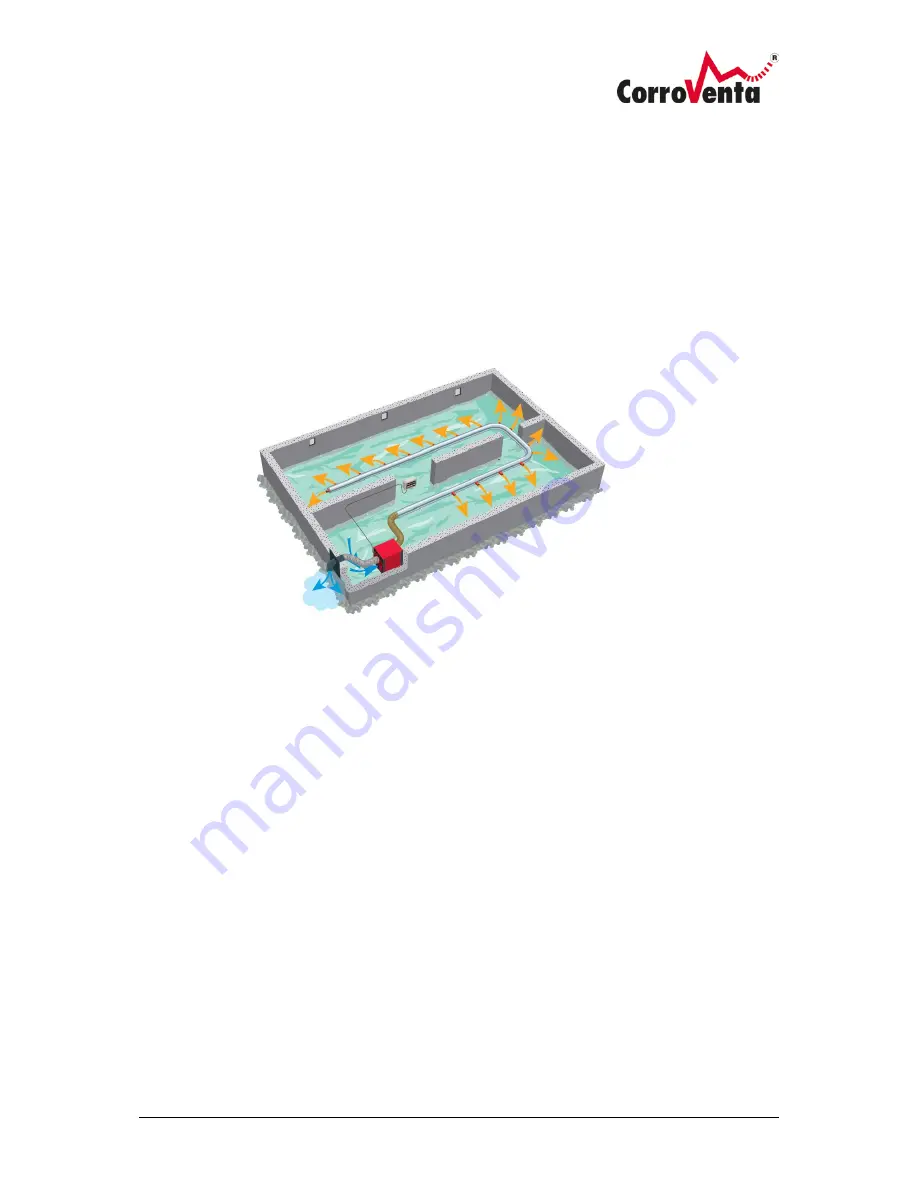
© Corroventa Avfuktning AB
2017.11
9 (18)
Installation planning
Before starting the installation, it is recommended to establish an installation plan for best results
and minimum energy consumption. In this regard the dehumidifier is best placed beside an external
wall in the crawl space so that:
-
there is effective distribution of the dry air with as simple a dry air duct as possible
-
hose routing for wet air is easy and any existing lead-ins to the crawl space can be used
-
the machine is easy to access for maintenance and servicing, e.g. filter replacement
-
the control unit can be placed so that it is not affected by the dry air, giving incorrect measurement
values.
Note that:
The dry air duct must end one metre from the proposed dehumidifier location.
The lead-in in the foundation wall must be about 60-70 centimetres from the
dehumidifier and as high up as possible, so that the outlet is not covered by vegetation,
leaves in autumn or snow in winter.
Establish a scale drawing or diagram of the crawl space and draw in the proposed installation. Using
this, verify that the distance between the dry air duct and external foundation in general is three to
four metres. The first third of the dry air duct's length, the part nearest the dehumidifier, is left free
from nozzles. 12 up to a maximum of 14 nozzles are then distributed along the remaining length.
Remember that the dry air must be evenly distributed in the space and that the air must move freely
in all parts of the crawl space. Direct the nozzles mainly towards the foundation wall and in a
direction away from the dehumidifier. Be careful to direct the nozzles towards all corners of the
space where the air can otherwise be still.
The reason why the dry air duct must be at a distance from the foundation walls is that the main part
of the dehumidifier's capacity must be used for the air, the climate, in the space and not for drying
the material of the foundation walls. The reason why the first nozzle is placed at a distance from the
dehumidifier is that the control unit must be placed in close proximity to it and not be directly
affected by the dry air, which would give incorrect measurement values and thus incorrect control.


